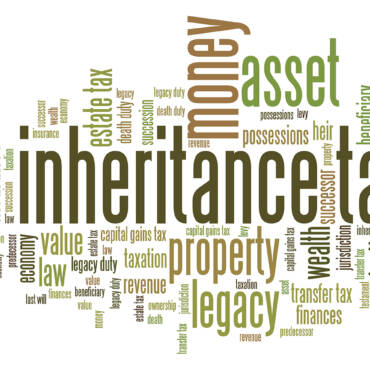Is it possible to reduce Capital Gains Tax (CGT) painlessly and easily?
There was a general surprise earlier this year when no announcements were made in the chancellor’s March budget on increases to Capital Gains Tax (CGT).
As CGT applies to a small number of taxpayers and is not covered by the triple lock (which is supposed to prevent increases to income tax, national insurance and VAT rates!) CGT rates would appear to be vulnerable to an increase.
Even though nothing has changed so far, there are concerns that there is only one direction for CGT rates. It is significant that the number of residential property sales has also increased over the last twelve months, almost certainly driven by the temporary reductions to Stamp Duty Land Tax rates for transactions from 8 July 2020.
CGT applies to gains on disposals of chargeable assets that exceed the Annual Exempt Amount (AEA) in a tax year (in 2021/22 this is £12,300). Steps taken to reduce an individual’s chargeable gains, will therefore limit their exposure to CGT. The most common way to do this is to make use of capital losses, which can be offset against gains of the same tax year – or if not utilised in full can be carried forward to set off against gains in future tax years.
Capital losses are generated where an asset is sold for less than the sum paid for it. If an asset has become worthless, a ‘negligible value claim’ can be made. This claim treats the asset as sold for nothing and the loss can be set against other gains. HM Revenue and Customs publishes a list of shares listed on the London Stock Exchange which it agrees have become of negligible value. If a negligible value claim is made on a different asset, evidence would be needed to support the claim that it had become worthless.
This loss can be treated as arising in any of the two tax years immediately preceding the year in which the claim is made – provided the asset was of negligible value in those earlier years.
There may be other assets people own that are standing at a loss but are not of negligible value, for example stocks and shares. While a sale of the shares would crystallise the loss, if these are re-purchased within 30-days the loss is negated, you therefore need to leave a 30 day gap to obtain the relief. This anti-avoidance rule can be prevented from applying by re-purchasing within a stocks and shares ISA, or SIPP. Alternatively, a spouse or civil partner could re-purchase the shares.
Where the disposal is of a rental residential property that has been lived in as a main residence, relief is available to reduce the amount of chargeable gain. This is known as Primary Residence Relief (PRR). Periods of relief include the time a property is occupied as a main residence and the last nine months’ ownership.
Temporary periods of absence from the property can also qualify for PRR, provided the property qualifies as PRR both before and after the period of absence. These periods include up to three years for any reason, periods of employment outside the UK – and periods of up to four years where occupation is prevented by conditions imposed by an employer.
The PRR rules for inter-spouse transfers were relaxed for transactions after 5 April 2020, with the transferee spouse taking on the full PRR history of the transferor spouse. Where a transfer was made before 6 April 2020, the property transferred between spouses needed to be a PRR at the time of transfer for the transferee spouse to take on the PRR history.
There are also tax efficient investments: the Enterprise Invest Scheme (EIS) where reinvestment relief can be claimed to defer a gain; the Seed Enterprise Investment Scheme (SEIS), where reinvestment relief can be claimed to exempt part of a gain. There are strict conditions that must be met for the relief to be claimed. Where the gain is deferred, the original gain will be liable for tax when the EIS shares are sold or no longer meet the qualifying conditions. If these conditions are not met or fail, relief may be denied or withdrawn. Qualifying companies are small and illiquid, so financial advice should be taken before making an investment into one of these companies.
When selling an asset, it is not sufficient to know how much tax is payable on the sale but to make sure that all the appropriate reliefs are claimed.
If you have any queries or require any advice upon the above, please contact your usual adviser.
Craig


